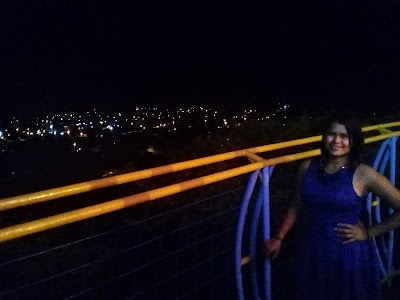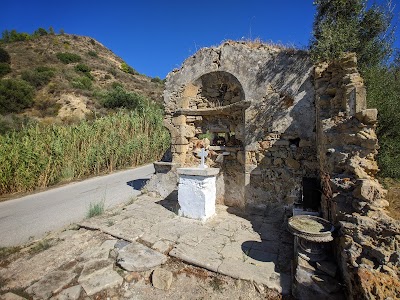Jalapa Pre-Columbian Art Museum (Museo de Arte Precolombino de Jalapa)
Overview
Nestled in the heart of Nueva Segovia, Nicaragua, the Museo de Arte Precolombino, also known as the Jalapa Pre-Columbian Art Museum, serves as a vibrant testament to the rich history and culture of the ancient civilizations that once thrived in this region. More than just a collection of artifacts, this museum acts as a bridge to the past, illuminating the stories, achievements, and artistic expressions of the pre-Columbian peoples.
The concept for the museum emerged from a profound respect and fascination for Nicaragua's indigenous cultures. Local historians, archaeologists, and community leaders united with a shared vision to preserve and showcase artifacts that narrate the tales of these ancient societies. Their goal was to create a welcoming space where both locals and visitors could learn about and appreciate the area's rich cultural heritage.
Construction of the museum began in the early 2000s, funded through a blend of government grants, private donations, and contributions from cultural organizations. The architectural design draws inspiration from traditional Nicaraguan styles, featuring open courtyards, natural materials, and thoughtfully arranged spaces that display artifacts in ways that reflect their original contexts.
One of the lead architects, María López, emphasized the significance of integrating the museum into its natural surroundings. By utilizing locally sourced materials like stone and wood, the construction harmonizes with the landscape. With sustainability in mind, the museum incorporates natural lighting and ventilation, reducing energy consumption while creating a comfortable environment for both exhibits and visitors.
The museum boasts an extensive collection of artifacts spanning thousands of years. Guests can explore exhibits featuring pottery, sculptures, textiles, and tools used by the indigenous peoples of pre-Columbian Nicaragua. Each carefully curated item contributes to a larger narrative about the region’s history, with descriptive panels and interactive displays offering context to their cultural significance and roles in daily life, religious practices, and social structures.
Among its standout exhibits is a collection of intricately carved stone statues. Some of these remarkable pieces date back over a millennium and were discovered in nearby archaeological sites, representing various deities and mythical figures. Their detailed craftsmanship and the stories they embody provide invaluable insights into the spiritual and artistic achievements of the pre-Columbian Nicaraguan people.
The museum also plays a crucial educational role in the community. It offers programs and workshops for local schools, aiming to instill pride and a connection to heritage among the younger generation. Additionally, the museum hosts lectures, guided tours, and cultural events that attract scholars, researchers, and tourists from around the globe, fostering a broader understanding and appreciation of pre-Columbian cultures.
In addition to its permanent exhibits, the Museo de Arte Precolombino frequently collaborates with other museums and cultural institutions to host temporary exhibitions. These collaborations introduce artifacts and exhibits from across Central and South America, enriching the museum's offerings while strengthening cultural ties and promoting scholarly exchange.
The establishment of the museum has had a significant impact on the local community, creating job opportunities, boosting tourism, and enhancing the cultural landscape of Nueva Segovia. Local artisans and craftspeople benefit as well, with the museum’s gift shop featuring handmade items that visitors can purchase, supporting traditional crafts and providing vital income for local families.
Today, the Museo de Arte Precolombino stands as a beacon of cultural preservation and education. It honors the legacy of Nicaragua's pre-Columbian civilizations while providing a space for contemporary communities to connect with their past. Through its engaging exhibits, educational programs, and community involvement, the museum ensures that the rich heritage of these ancient peoples continues to inspire and inform future generations.








